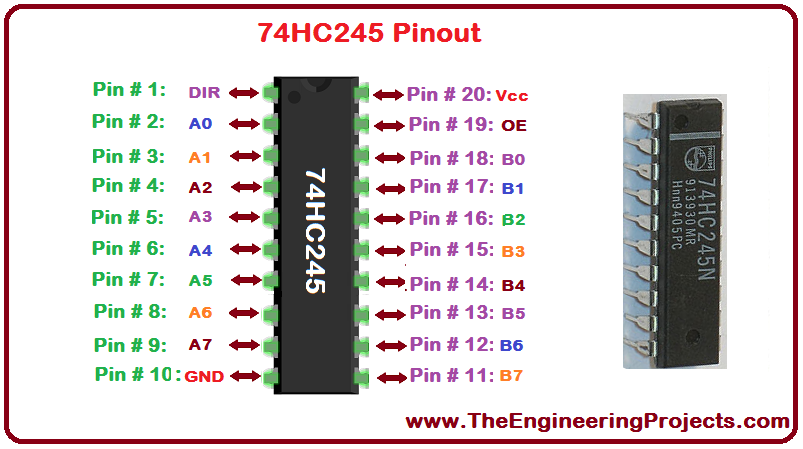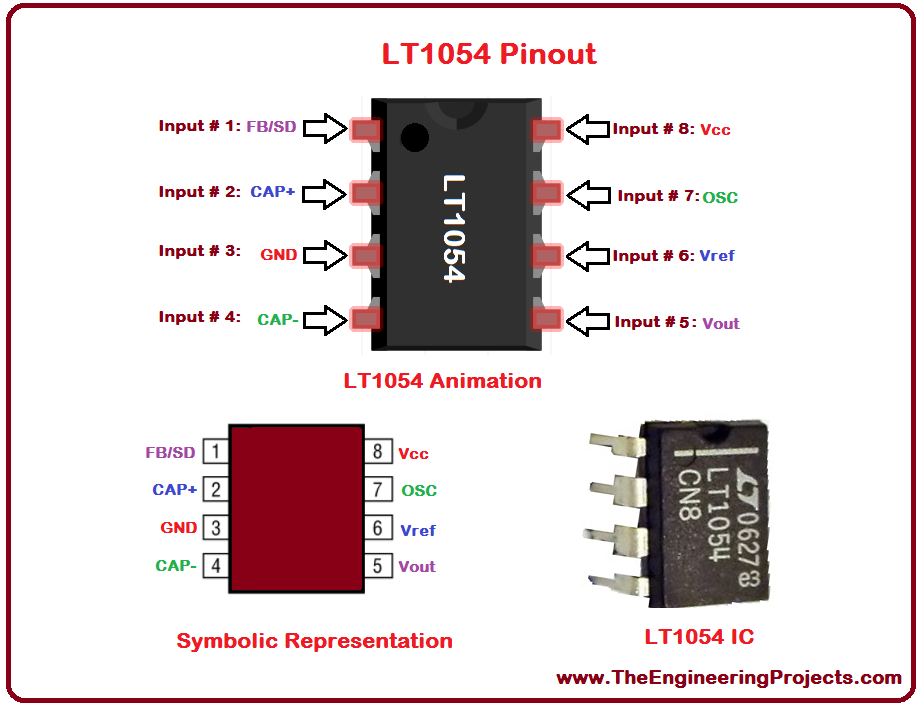

Introduction to LT1054


Introduction to LT1054
LT1054 is a bipolar, switched capacitor voltage converter or voltage regulator. It is most common in the market now a days due to its amazing features like it provides low voltage losses in comparison to the standard normal converters and also provides higher output current as compared to the earlier voltage converters. LT 1054 provides oscillator synchronization, reference amplifier for regulation. It can be used in voltage regulators, voltage inverters, data acquisition supply etc. LT-1054 is shown in the figure below.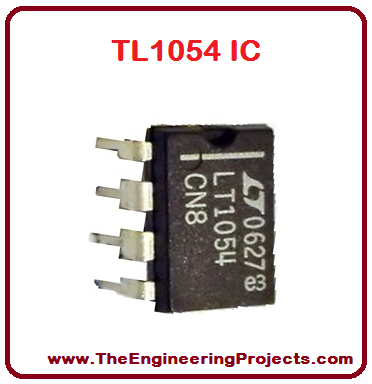
1. LT1054 Pins
- LT 1054 has eight (8) pins in total with a different individual feature.
- All of the 8 pins are listed in the table given below.
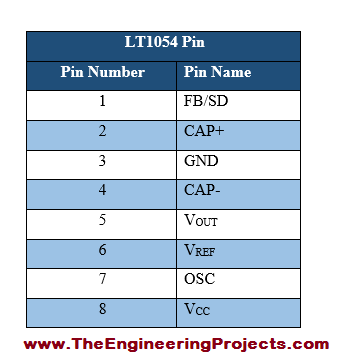
2. LT1054 Pin Description
- We can not use any device without even knowing the features associated with its each pin.
- LT-1054 pins function description is given in the table shown below.
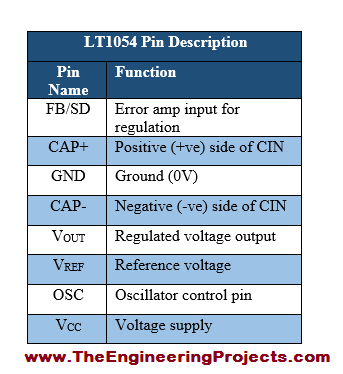
3. LT1054 Pinout
- Before using a device we must know its pins configuration, pinoutout diagram helps us in this purpose.
- LT 1054 pinout diagram is shown in the figure below.

4. LT1054 Packages
- Packages just show the earlier and latest model of any device.
- LT-1054 has two types of packages i.e. PDIP (8) and SOIC (16).
- Both of the packages are listed in the table shown below.
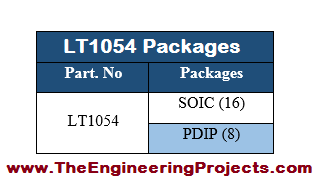
5. LT1054 Packages Dimensions
- LT-1054 has two packages, each has different size.
- Both of these packages are shown with their dimension and SI units in the table given below.

6. LT1054 Block Diagram
- Block diagram presents the internal flow of the logic followed by any device.
- LT 1054 block diagram is shown in the figure below.
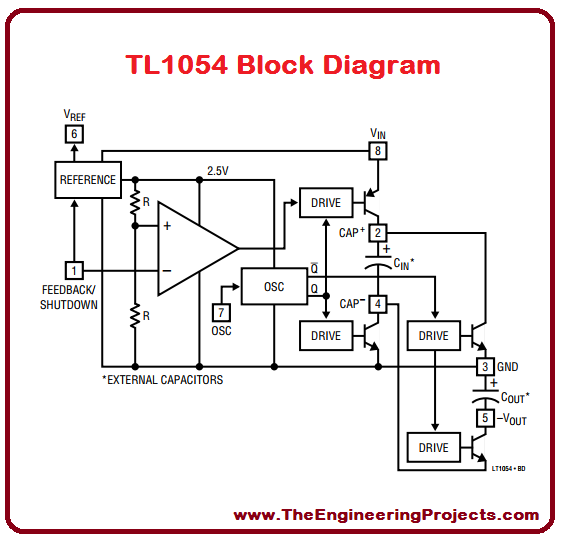
7. LT1054 Ratings
- The rating of a device or equipment show the how much power is needed to operate this device.
- LT-1054 power, current and voltage, all of these ratings are listed in the table given below.
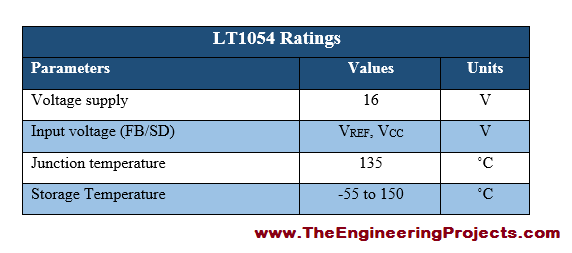
8. LT1054 Features
- For a special purpose, a device can be identified from its features whether they are suitable for the required task or not.
- LT-1054 has a lot of features, some of them are given in the table shown below.
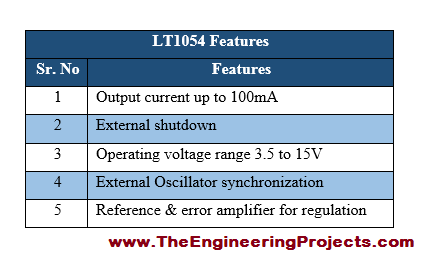
9. LT1054 Applications
- While purchasing any device we have to mention its application that why we are purchasing this device.
- They play a vital role in the popularity and availability of a device.
- Some of the applications associated with LT-1054 are given in the table shown below.
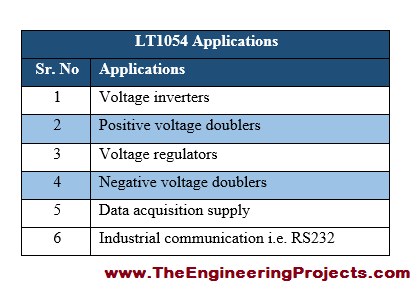
×
![]()








 1 user
1 user






 Continue Wishlist
Continue Wishlist





 Getting Started Guide
Getting Started Guide
 Help Center
Help Center
 Contact us
Contact us
 Doist Blog
Doist Blog
 Privacy
Privacy
 Security
Security
 Terms of Service
Terms of Service
 What's new: Channel Descriptions
What's new: Channel Descriptions





 Electronic Components
Electronic Components syedzainnasir
syedzainnasir 0 Comments
0 Comments








 2.3k
2.3k
 953
953
 921
921
 2.1K
2.1K
 LT1054 Pinout
LT1054 basics
basics of LT1054
getting started with LT1054
how to get start with LT1054
how to use LT1054
LT1054 Proteus
Proteus LT1054
LT1054 Proteus simulation
LT1054 pin configuration
LT1054 Pinout
LT1054 basics
basics of LT1054
getting started with LT1054
how to get start with LT1054
how to use LT1054
LT1054 Proteus
Proteus LT1054
LT1054 Proteus simulation
LT1054 pin configuration
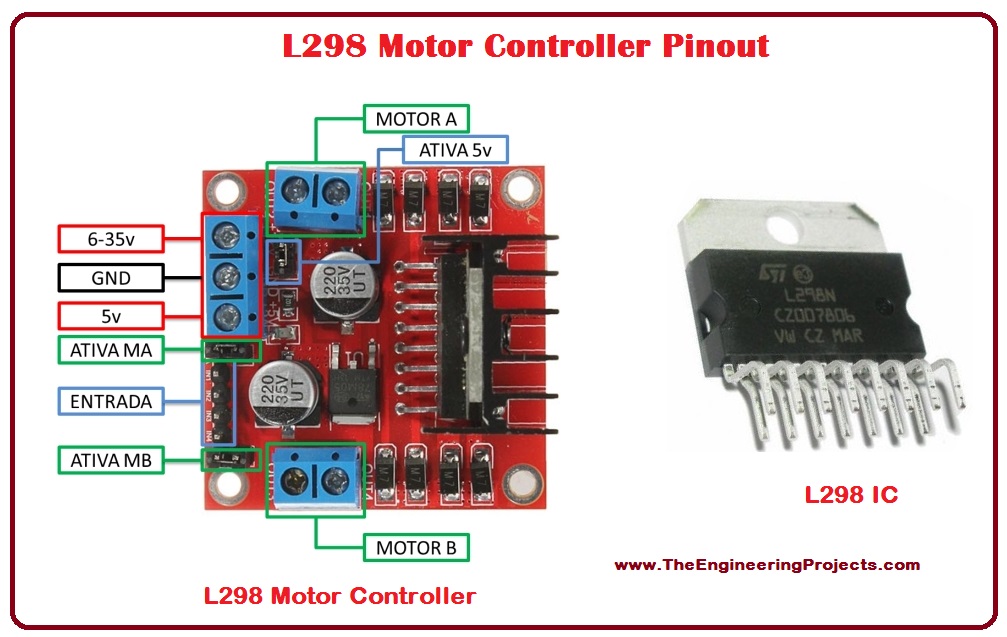
 Tuesday, July 18, 2017
Tuesday, July 18, 2017